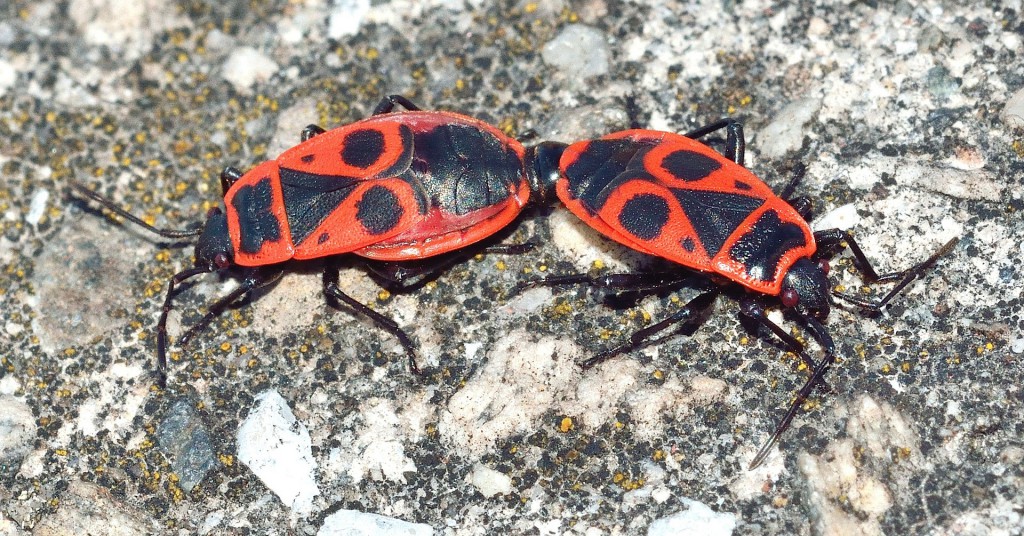Travelling to another city or country can be a grand adventure. However, bringing home bed bugs is a sure way to end your vacation on a sour note. With a few preventive measures you can ensure your time away results in bringing home only pleasant memories.
Back in the 2000’s, I was employed as the office manager for a pest control company in a small British Columbia town. That decade saw a huge resurgence in bed bug infestations, due in large part to increases in domestic and international travel, and the decline of prophylactic pesticide application in public places. I received many a panicked call at the office from anxious folks concerned about biting creepy-crawlies in their beds.
During that time, my husband and I took our 3 children – ages 6, 10 and 12 – on a 10-day excursion through` southern Alberta. The kids were fascinated by Drumheller dinosaurs and the West Edmonton Mall, but they always remembered my line of work. Thorough bed bug inspections in every new hotel room became routine.
No luggage even came into the room until inspection had been done. If that’s not possible for you, pile your luggage in the bathtub until you feel safe to unpack. The porcelain of the tub will be too smooth for bed bugs to climb, and – thankfully – bed bugs are wingless and cannot fly.
The most obvious spot to inspect should also be your first – the bed. Even though bed bugs can survive months without feeding, the only thing they do eat is human blood; and with rare exception they only feed at night. Bed bugs will only travel 5 to 20 feet from their harborage, so if they’re present they will likely be close to their food source.
Move aside the blankets and sheets so the mattress is exposed. Inspect all seams and folds, and check the head, foot and sides of the mattress carefully. You are looking for any dark or black spots, which are bed bug droppings (the remnants of digested blood). Other signs of bed bug presence are reddish streaks (blood from crushed bugs) or bed bug casings, which are the shells shed by the bugs as they reach a new growth stage. The bugs themselves are brown or reddish-brown and resemble flattish apple seeds with six legs.
Next, check any upholstered furniture, especially sofas and sofa beds. Pay careful attention to any cracks in the wood frames of any furnishings for any droppings, casings, or bugs. Bed bugs prefer wood and fabric habitats over plastic or metal. Inspect the carpeting and check over the carpet edges thoroughly.
If the bed, carpet and furniture show no signs of infestation, it’s highly likely that your room is bug free. Go ahead and unpack. Should you find anything of concern, you may want to speak to the hotel staff about a different room. Be warned, however; bed bugs travel easily between rooms and through walls. Where one room is infested, there’s a very good chance that others in the same building are as well. And bed bugs thrive in the same environmental conditions that humans do: warm temperatures and medium to high relative humidity. ‘Forewarned is forearmed’ may sound like an overused cliché, but nothing could be truer when it comes to bed bugs. Be aware, be observant, and make your holiday a happy one!



